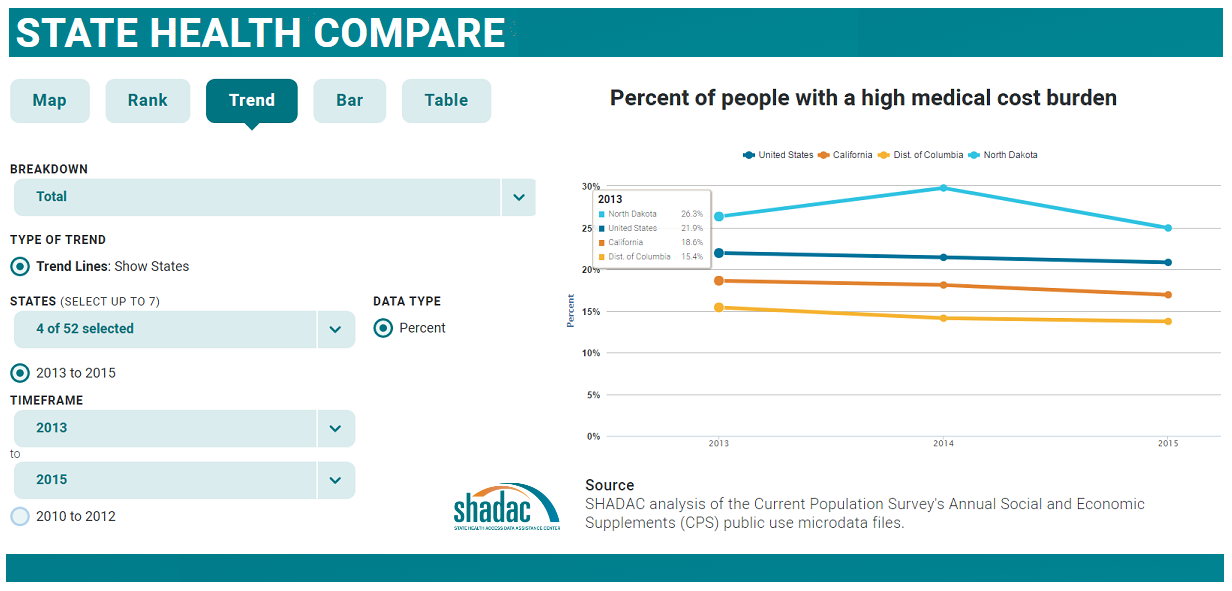Blog & News
SHADAC Comments on New Direction for Center for Medicare and Medicaid Innovation
December 07, 2017:On September 20, 2017, the federal Center for Medicare and Medicaid Innovation (Innovation Center) issued a request for stakeholder feedback on a proposed new direction for the Center, which is shifting its focus toward testing new models of patient-centered care that emphasize choice and competition.
| Innovation Center: Elements of Proposed New Direction | ||
|---|---|---|
|
Guiding Principles
|
Potential Models of Interest
|
|
The Innovation Center laid out a set of guiding principles for this shift as well as a list of potential models of interest (see text box).
Comments from SHADAC: Summary
Drawing on our experience providing evaluation services to states implementing innovative ways to deliver and pay for health care, SHADAC provided feedback to the Innovation Center. This feedback is summarized below.
Access the full text of SHADAC’s response.
Feedback: Guiding Principles
SHADAC commented on the principles of (a) transparent model design and evaluation and (b) small-scale testing.
Regarding transparency in model design and evaluation, we emphasized two key points:
- Successful model design should include planning and discussion of parameters for evaluation. Specifically, the information, data, and evidence needed to determine the impact of new models should be determined in advance, and data collection and evaluation requirements should be prioritized from the outset and revisited over time.
- Evaluations of innovations should include clear documentation of actual interventions to assess outcomes. Evaluations must determine how models are implemented in practice (versus planned interventions) in order to better associate interventions with changes in outcomes.
Regarding the principle of small-scale testing, SHADAC identified two considerations:
- The Innovation Center should focus on developing the capacity to monitor similar state-based models across states to inform intervention scalability. To this end, effort should be put toward developing measurement frameworks, standards for data collection, and metrics to respond to questions about the efficacy of reforms.
- Adequate funding should be provided to support state and local evaluations and to support the timely release of interim and final evaluation results in order to promote accountability and shared learning.
Feedback: Potential Models – State-based and Local Innovation, Including Medicaid-Focused Models
SHADAC identified two important lessons from our work with states implementing delivery system and payment reform that can inform future state-based models:
- Flexibility in model implementation must be balanced with participant accountability.
- It is important to determine and communicate the value (or return on investment) of payment reforms and to develop data collection systems to support this work.
Feedback: Opportunities and Challenges Associated with Potential Models
SHADAC also identified opportunities and challenges for states implementing payment and delivery system models.
The opportunities identified were (among others): accelerating progress and facilitating learning through access to external expertise; facilitating evaluation of market and payment reforms through APCD analytic work and development; and encouraging provider organization participation by promising data analytics during model design.
On the flipside, SHADAC identified the following challenges: performance measurement issues; the demand for more timely claims data and the integration of clinical data with administrative/claims data; data privacy legal issues; and limited capacity among provider organization for provider electronic data-sharing outside of their own organization walls.
Other Feedback: Dissemination of Evaluation Findings
SHADAC encouraged the Innovation Center to continue to support rapid-cycle feedback reporting from required state-led evaluations. We also noted that evaluation plans and interim findings could be more accessible to other states through Innovation Center website links and up-to-date inventories, infographics, or dashboards of evaluation and monitoring methods, activities, data sources, and results.
View the full text of SHADAC's response below or download the PDF here.
Blog & News
HHS Approves Alaska's 1332 State Innovation Waiver for State-Based Reinsurance
July 12, 2017: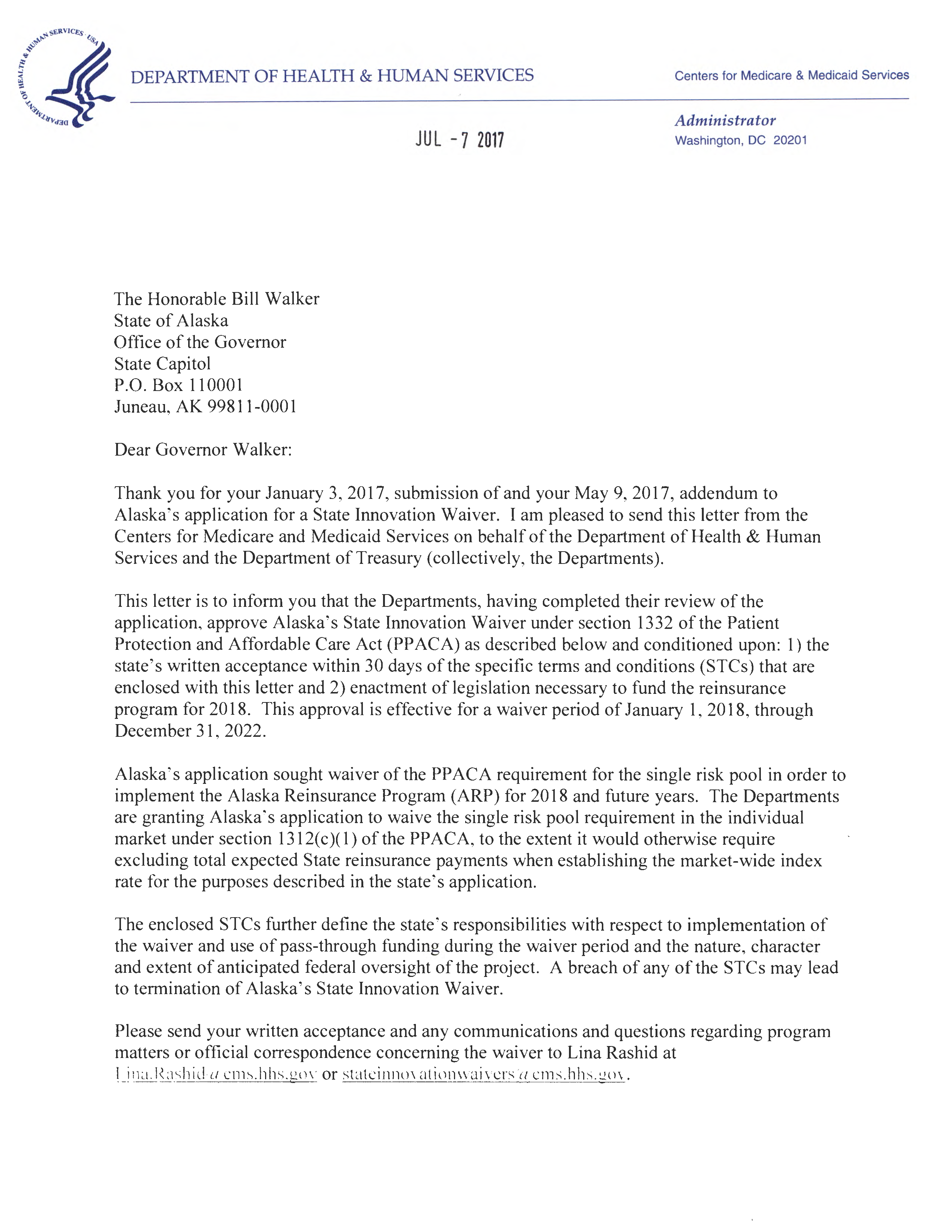 On July 7, 2017, the U.S. Department of Human Services, along with the Department of the Treasury, approved Alaska's 1332 Waiver proposal seeking federal funding of its state-based reinsurance proposal. The state was awarded $48.3 million in federal pass-through funding in 2018 and a total of $322 million over five years. This is the first such waiver that has been approved to date, with two more--from Minneosta and Iowa--under review.
On July 7, 2017, the U.S. Department of Human Services, along with the Department of the Treasury, approved Alaska's 1332 Waiver proposal seeking federal funding of its state-based reinsurance proposal. The state was awarded $48.3 million in federal pass-through funding in 2018 and a total of $322 million over five years. This is the first such waiver that has been approved to date, with two more--from Minneosta and Iowa--under review.
SHADAC is tracking state reinsurance proposals as they are submitted and reviewed by HHS, and we have updated our blog with details that reflect this newest development.
Blog & News
Announcing: State Health Compare, a New Online Tool to Study State Health Estimates
May 25, 2017:SHADAC invites you to explore State Health Compare, a new, user-friendly online tool for obtaining and comparing state-level estimates related to health and health care.
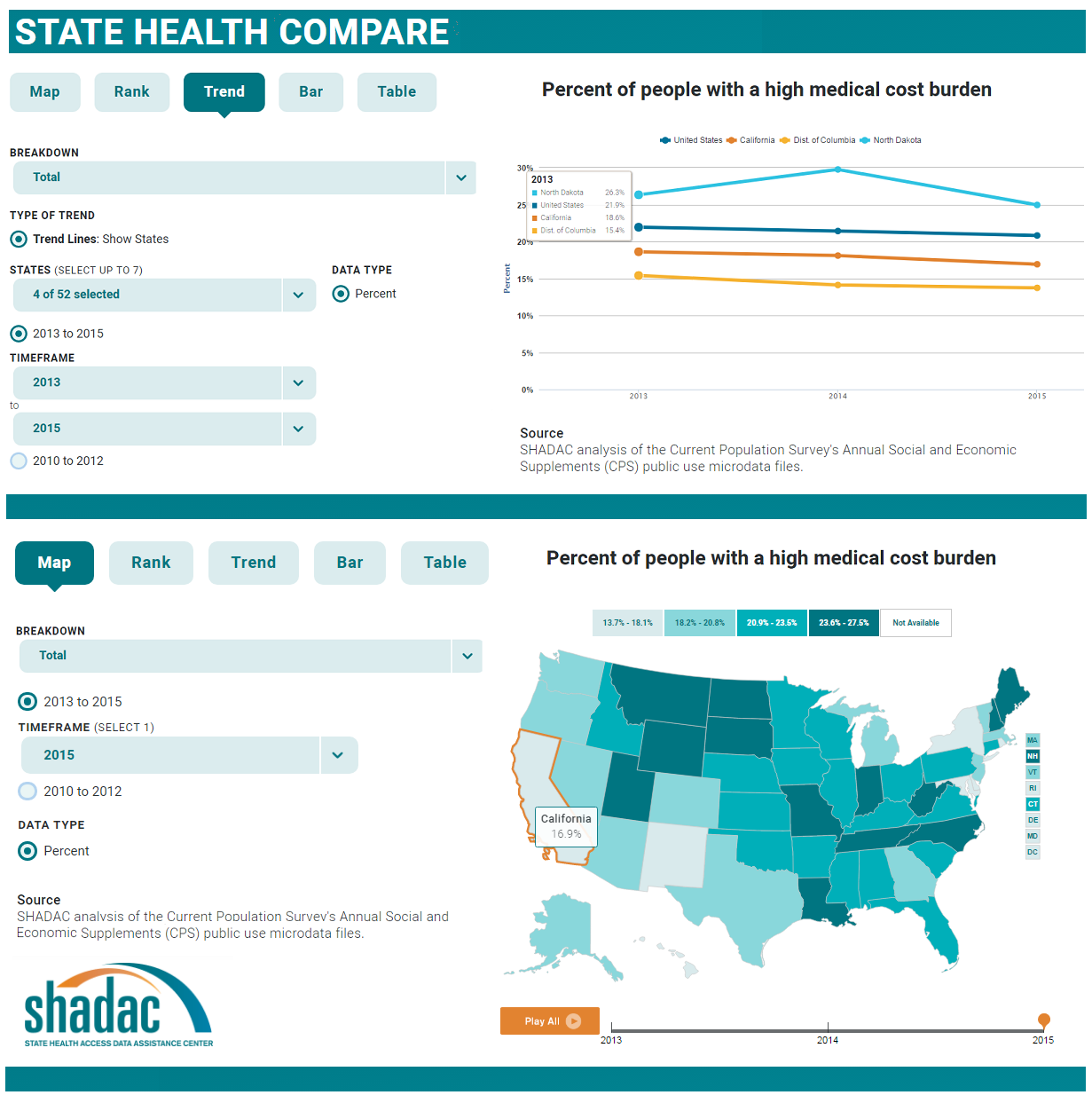 State Health Compare combines estimates previously available separately through the SHADAC Data Center and the Robert Wood Johnson Foundation (RWJF) Data Hub. The new, merged tool brings together estimates on a wide range of health-related topics in an effort to allow analysts and policymakers to view state-level data through a broad Culture of Health lens.
State Health Compare combines estimates previously available separately through the SHADAC Data Center and the Robert Wood Johnson Foundation (RWJF) Data Hub. The new, merged tool brings together estimates on a wide range of health-related topics in an effort to allow analysts and policymakers to view state-level data through a broad Culture of Health lens.
Topics for which estimates are available through State Health Compare include: health insurance coverage, cost of care, health behaviors, health outcomes, acccess to and utilization of care, care quality, public health, and socioeconomic indicators.
Users can explore these topics within and across states and look at trends over time and by characteristics such as age, race/ethnicity, etc., through user-generated maps, bar charts, trend lines, and tables. Graphics are easily downloadable, and the underlying data can be exported.
Explore State Health Compare.
SHADAC's Virtual Tour of State Health Compare on May 23rd
SHADAC provided a virtual tour of State Health Compare during a webinar on Tuesday, May 23rd, at 12:00 p.m. Central. SHADAC Senior Research Fellow Joanna Turner led the tour and answered questions from attendees. Ms. Turner was joined by Carolyn Miller, Senior Program Officer at the Robert Wood Johnson Foundation, and by SHADAC Director Lynn Blewett.
Visit the event page to view presentation slides, transcripts, and a recording of the virtual tour.
Publication
May 23rd Virtual Tour of State Health Compare: A New Online Tool to Study State Health Estimates
Join us for a virtual tour of State Health Compare, a new, user-friendly online tool for obtaining and comparing state-level estimates related to health and health care.
State Health Compare: How's It Different?
State Health Compare combines estimates previously available separately through the SHADAC Data Center and the Robert Wood Johnson Foundation (RWJF) Data Hub. The new, merged tool brings together estimates on a wide range of health-related topics in an effort to allow analysts and policymakers to view state-level data through a broad Culture of Health lens.
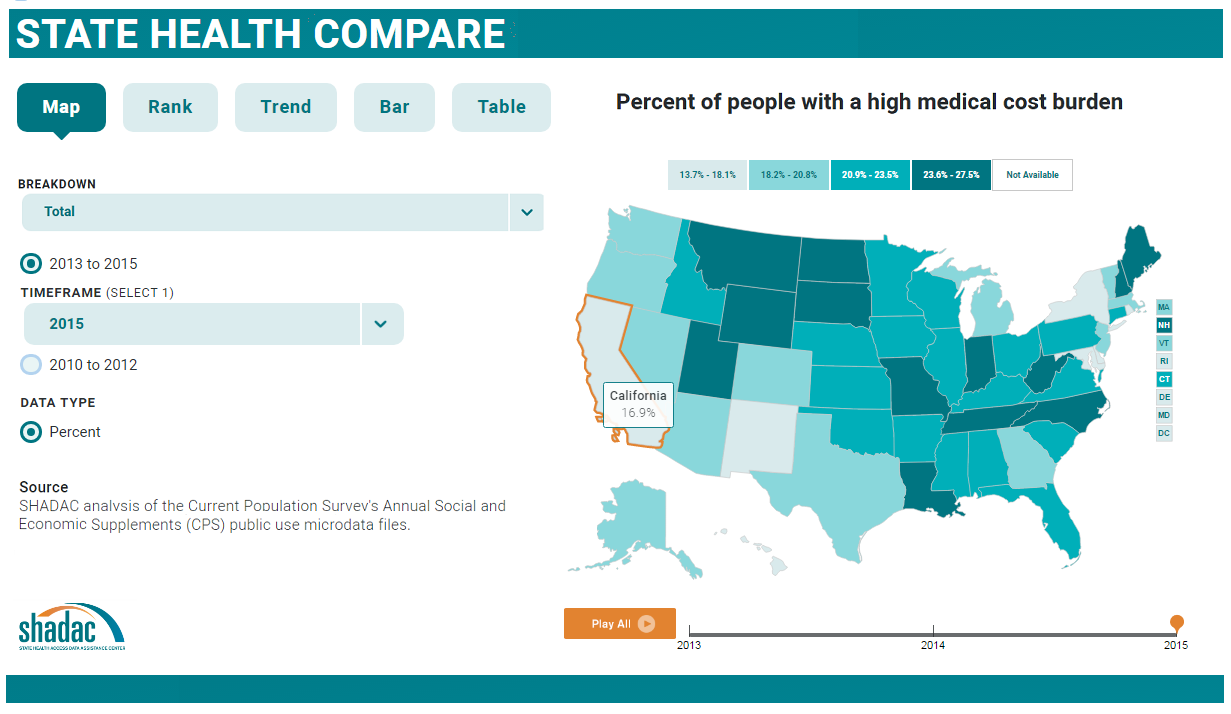 The Virtual Tour: What Will You Learn?
The Virtual Tour: What Will You Learn?
Ms. Turner will be joined on the webinar by Carolyn Miller, Senior Program Officer at RWJF, and by SHADAC Director Lynn Blewett. SHADAC Senior Research Fellow Brett Fried will also be available to answer questions.
Blog & News
Implementing Multiple SIM Initiatives through One Local Agency: The Effect of "Stack" in Otter Tail County, Minnesota
July 21, 2017:
Background
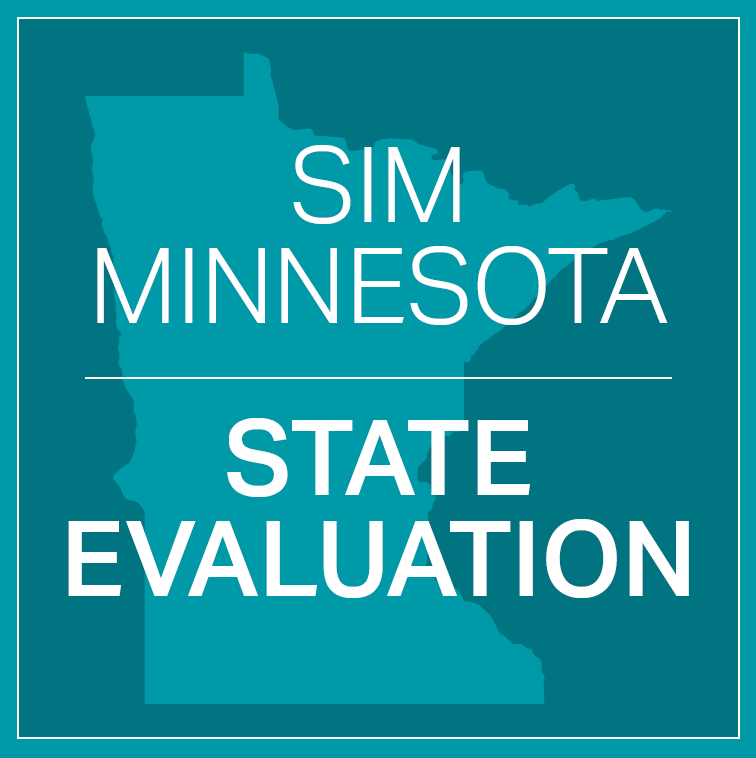
Driver 1. Expansion of e-Health
Driver 2. Improved data analytics across the state’s Integrated Health Partnerships (IHPs)
Driver 3. Practice transformation to achieve team-based, integrated/coordinated care
Driver 4. Implementation of Accountable Communities for Health (ACHs)
Driver 5. Alignment of Accountable Care Organization (ACO) components across payers related to performance measurement, competencies, and payment methods.
Learn more about the Minnesota Accountable Health Model.
"Stack" Case Study
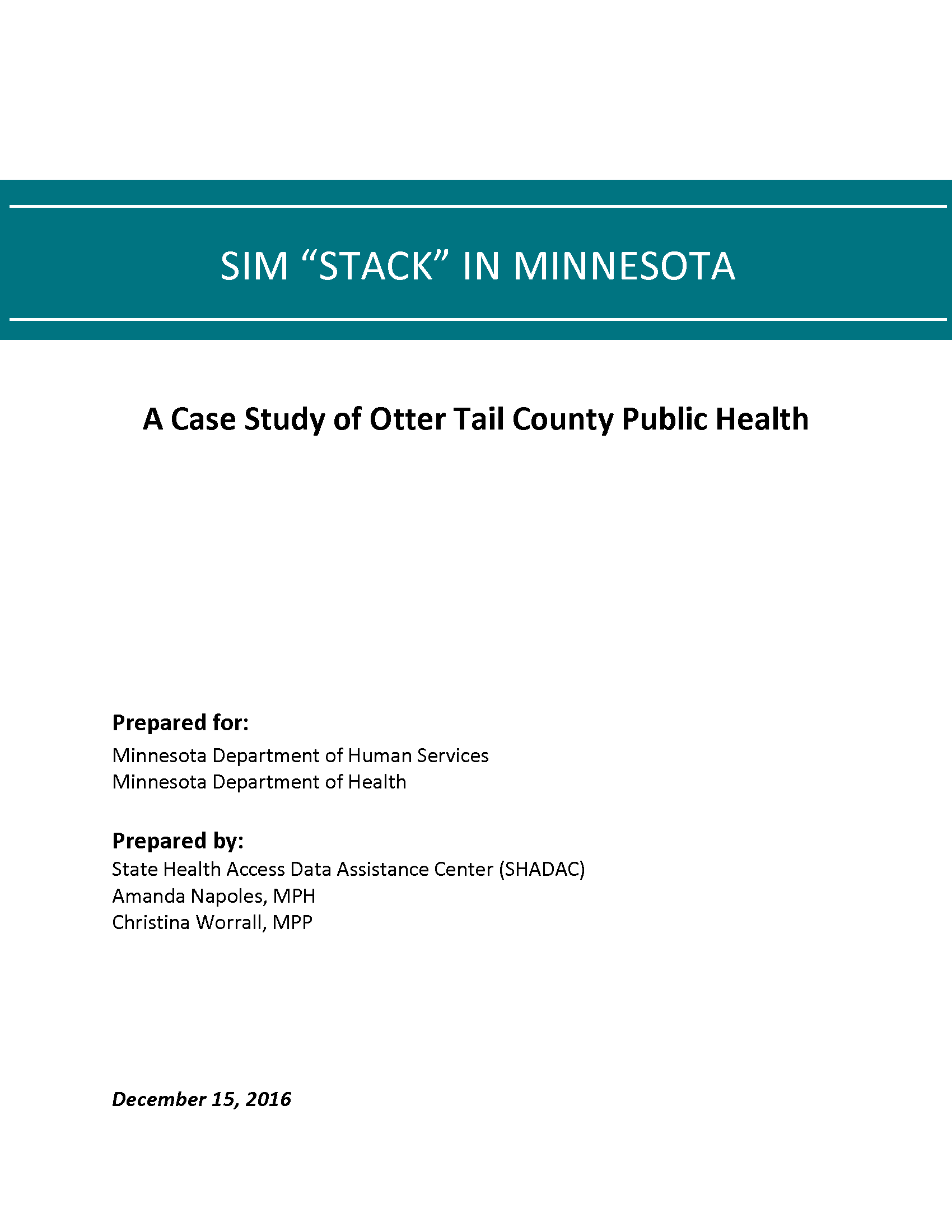 As the state’s evaluator of SIM in Minnesota, SHADAC conducted a case study of Otter Tail County Public Health (OTCPH), a local public health agency located in rural, northwest Minnesota, to investigate this agency’s experience participating in multiple SIM programs across more than one unique SIM driver, a practice known as SIM program “stacking.”
As the state’s evaluator of SIM in Minnesota, SHADAC conducted a case study of Otter Tail County Public Health (OTCPH), a local public health agency located in rural, northwest Minnesota, to investigate this agency’s experience participating in multiple SIM programs across more than one unique SIM driver, a practice known as SIM program “stacking.”
While OTCPH plays lead roles in the e-Health Collaborative Grant Program (Driver 1) and the Greater Fergus Falls ACH (Driver 4), it works collaboratively with other organizations based in Otter Tail County to implement SIM programs. For example, OTCPH was involved in the Emerging Professions (EP) Integration Grant Program (Driver 3) led by Ringdahl Emergency Medical Services (EMS). Though target populations vary somewhat for each grant program, efforts across all grant programs target individuals receiving medical assistance.
SHADAC interviews revealed that the Otter Tail community was a favorable environment in which to “stack” multiple SIM programs, owing to the community’s long history of organization collaboration, strong leadership by a single long-time leader who is widely respected, and a shared community vision of implementing a “rural health model that works.”
In order to facilitate SIM implementation in Fergus Falls, the county seat, OTCPH leveraged existing relationships, worked to keep partners aware of efforts on all work through frequent communication, and evolved its approach as partners learned about the needs of the community they were serving. For example, Ringdahl EMS had a seat at the table in the Driver 4 ACH work from the beginning of the grant period, but it was not until the Driver 3 community paramedic work was underway and ACH leadership began to see its impact on the community, that the community decided to leverage this model of community care coordination for its ACH. In spite of a supportive environment, Otter Tail County organizations faced barriers to implementation related to the administration of multiple SIM grants at the same time.
Even so, the Otter Tail community cited a number of positive impacts related to “stacking” multiple SIM grants that align with the Minnesota Accountable Health Model aims. The Otter Tail community reports that it has expanded or strengthened relationships with organizations, enhanced and streamlined care coordination, and improved community engagement by “meeting people where they’re at.” OTCPH and participating organizations have successfully leveraged their experiences on the SIM grants to obtain additional funding and all expressed a high likelihood of sustaining a community-wide effort towards delivery system and payment reform.
Find the full case study and a success story highlighting the work of Otter Tail County on the Minnesota Accountable Health Model webpage.
Learn more about SHADAC's evaluation of SIM in Minnesota.









